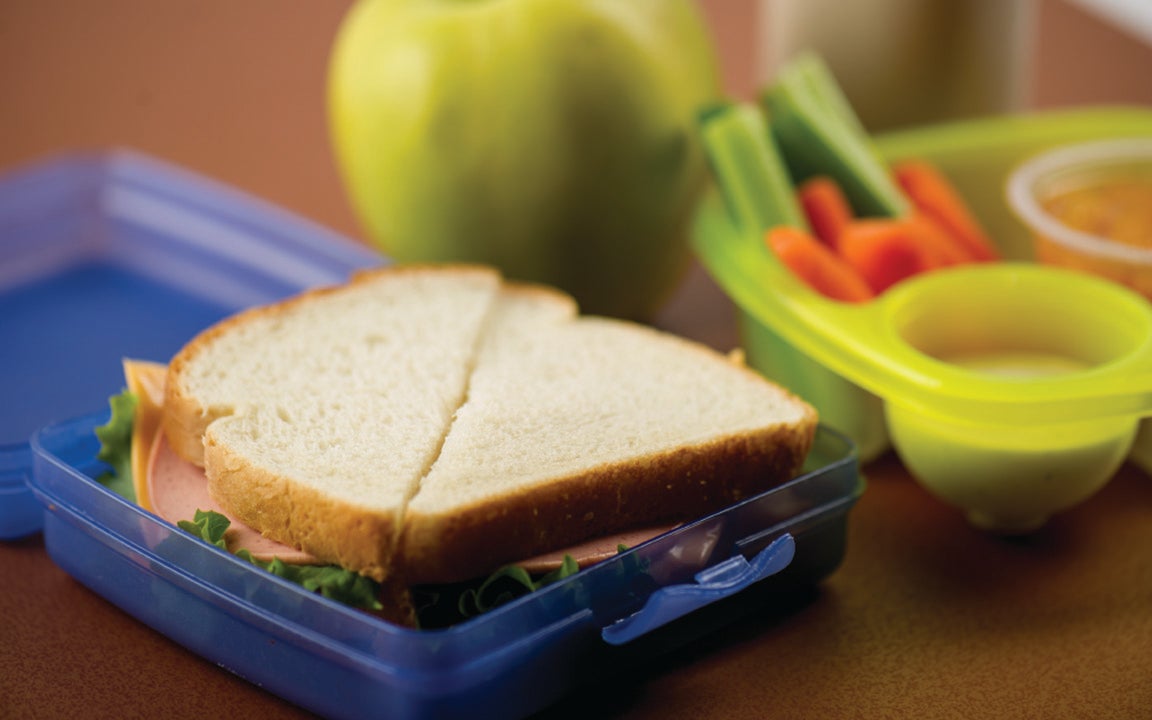USDA: Food safety should be on your back-to-school list
Published 6:34 am Monday, August 31, 2020
|
Getting your Trinity Audio player ready...
|
A new school year has begun and with it, changes to the usual routine for parents and children.
“Parents are juggling many decisions as students may be returning to school for the first time since the COVID-19 pandemic began, and others may still be distance learning,” said Dr. Mindy Brashears, under secretary for food safety at the U.S. Department of Agriculture (USDA). “You don’t want to add foodborne illness – commonly called food poisoning – to your list of concerns, so take time to plan and prepare your children’s lunch meals safely.”
USDA encourages families to be prepared by adding a few essential items to their back-to-school shopping list, which can be used to avoid mistakes in the kitchen that can lead to illness.
“Having the whole family follow some simple food safety behaviors can help them avoid all kinds of illnesses this time of year, including foodborne illness,” said Paul Kiecker, Administrator for USDA’s Food Safety and Inspection Service. “This list of items can help you and your family make sure lunches and snacks are safely prepared, following the USDA’s four steps to food safety: Clean, Separate, Cook and Chill.”
- Hand wipes, hand sanitizers, soap and towels: It’s important to keep these items visible as a reminder to clean hands and surfaces. The USDA says people tend to rush through the steps of washing when they are on-the-go. Recent USDA research conducted in test kitchens revealed participants were not washing their hands properly up to 99 percent of the time before and during meal preparation. Wash hands with clean, running water (warm or cold) and soap for at least 20 seconds and dry them with a clean cloth or towel. Hand wipes and 60 percent alcohol-based hand sanitizers can be used to clean hands and surfaces if water and soap are not available. Remember to wash cutting boards, dishes, utensils and countertops with soap and hot water after preparing each food item and before proceeding to the next item. A bleach-based solution can be used to sanitize surfaces and utensils.
- Different colored cutting boards: If you’re preparing perishable foods that require cutting (for example, bacon and chicken for salad) make sure you separate raw meat and poultry from ready-to-eat foods (such as fruits, vegetables, cheeses, etc.) to avoid cross-contamination. Harmful bacteria can spread throughout the kitchen and get onto cutting boards, utensils, countertops and other ready-to-eat foods you’re preparing. Different colored cutting boards are a good reminder of this step. Use a green cutting board for fresh produce and another color for meat and poultry.
- Food thermometers: A food thermometer is the only way to know that foods are safely cooked to a temperaturehigh enough to kill any harmful bacteria that might be present. Have a food thermometer easily accessible. It will be easier to remember the cook step if the thermometer is always reachable.
- Insulated soft-sided lunch boxes, gel packs and appliance thermometers: If children have lunch outside of the home, make sure they have an insulated, soft-sided lunch box or bag to keep perishable items in their lunch cold. A frozen gel pack, combined with a frozen juice box or bottle of water, should keep lunches chilled and safe until lunchtime. Place them on top and bottom of perishable food items to keep them cold and avoid the “danger zone” (temperatures between 40 and 140 degrees Fahrenheit, where bacteria can multiply quickly and cause illness).
- Insulated containers: When children (and adults) take a hot lunch outside of the home, insulated containers are important to keep food that should be served hot safe. Use an insulated container to keep soup, chili and stew hot at 140 degrees Fahrenheit or above. Fill the container with boiling water, let it stand for a few minutes, empty and then put in the piping hot food. Keep the insulated container closed until lunchtime to keep the contents hot.
Stop by the food preparation aisle at your grocery store to find many of these items on your back-to-school food safety list. By using them, you can help keep your children (and the rest of your family) safe from foodborne illness.
Consumers can view some age-appropriate food safety lessons and learn more about key food safety practices at Foodsafety.gov, by following @USDAFoodSafety on Twitter and by liking Facebook.com/FoodSafety.gov. Consumers with questions about food safety can call the USDA Meat and Poultry Hotline at 1-888-MPHotline (1-888-674-6854) from 10 a.m. to 6 p.m. Eastern Time, Monday through Friday, in English or Spanish, or email mphotline@usda.gov. Consumers can also chat live at https://ask.usda.gov/.
READ ABOUT COMMUNITY NEWS AND EVENTS HERE.
RECENT HEADLINES:
Surfalorus Film Fest kicks off four days of cinematic stoke with drive-in event
Diane Childress named Principal of the Year for Dare County Schools






